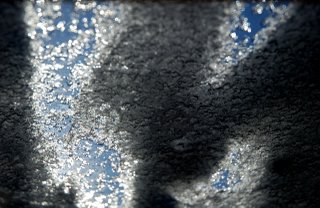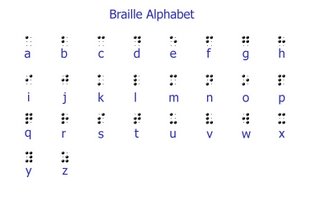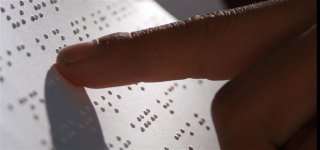Talking About the Weather

I would have posted this sooner, if not for the urge to hibernate.
It didn’t use to be this way. When we moved to Madison in late 2001, the first few winters lacked teeth. Sure, there was the occasional snowstorm. The pesky ice that would enrobe power lines and sidewalks. I distinctly recall falling flat on my back once, staring at the sky, and thinking, “I really need to invest in some Yak Trax.” But really, it was all sunshine and lollipops compared to the past two years. We went from an average of about 45 inches of snowfall per season, to a total of 101.4 inches in 2007-2008. Then, in December 2008, 38.6 inches of snow fell in a single month. Periodic blizzards are often punctuated by extreme cold, referred to by meteorologists as “Alberta clippers”, as if calling flesh-freezing winds something jaunty makes them adorable.
But adaptation is a certainty, and it hasn’t taken Madisonites long to become well-versed in snowblowers, roof rakes, and antilock braking. Many of us have become one with our inner bears, as well. When the sun sets at 4:30 PM and the wind chill dips to -25 degrees Fahrenheit, please forgive the occasional cave-seeking and growling behavior.
Which begs the question: if necessity really is the mother of invention, can the need to innovate trump the need to hibernate? Musing, I searched the US Patent and Trade Office issued patent database by inventor city “Madison” and keyword “snow”. Sadly, searching for patents based on geographic limitation is not altogether precise, as the USPTO takes “inventor city” literally and truncates the state. Thus, there were some false hits for Madison, Georgia and the like. However, after scanning over the 109 issued patents (dated from 1976-present) that resulted, two portfolios caught my eye.
The first set of patents is assigned to a heavy trucking and snow removal equipment company in Madison named Burke Truck & Equipment, Inc. This forty-year-old private company manufacturers, tests and sells snow removal trucks. Inventors Daniel and/or Jayson Jones (likely father and son?) have been granted four patents for snowplow edges, mounts, and assemblies. Check back for more information; I’ll request quotes about company history, but this being their busiest time of the year, it may be a while before we hear back.
The second set of patents all have the same assignee, Weather Central, Inc. As it turns out, in the mid-1970s a meteorologist named Terry Kelly – then affiliated with the UW Space Science Center – decided that there might be a role for computer graphic animation in weather reporting. He teamed up with colleague and computer scientist Richard Daly, and together they built some of the first computer graphic systems for weather tracking, forecasting and reporting. According to the Colorado Weather Almanac (thanks, Google Books!), Kelly and Daly founded ColorGraphics Weather Stations - to commercialize a system for computer graphic display of satellite cloud data. Considering that this was in 1979, it was no small feat. The first system actually ran on an Apple II, but there was no connectivity to a TV station routing switcher, so broadcasting the animations required aiming a video camera at the computer screen.
From these humble beginnings, the company became the leading company for meteorological computer graphics. Weather Central was sold to Dynatch Corp. in 1982, but Kelly and Daly bought it back in 1994, carefully cultivating it ever since. It continues to have the highest market share in computer graphics meteorology service for broadcast television, and its patents (at least 13 issued, one pending) cover a range of weather reporting methods. In recent years, it has focused on services and products for HD weather broadcasting, and the type of extensive computer animation that is beloved by weather broadcasters everywhere. And occasionally lampooned or parodied by The Daily Show.
A fascinating August, 2008 interview with Terry Kelly by Wisconsin State Journal writer Melanie Conklin highlighted some of his varied interests. In addition to his involvement with Weather Central, Kelly also launched an online personalized weather reporting company called MyWeather, holds a financial stake in the liberal radio network Air America, and is himself the major production force behind the annual Rhythm and Booms fireworks show in Madison.
Fireworks and meteorology….what’s the connection? Well, during the interview, he shared that “One of my sons, Matt, was about 13 and he said, 'Dad, all your passions are the same. Think about it - you love to garden, you love flowers. You love weather and you love fireworks." I said, 'How are those the same?' He said, 'Don't you get it, they are all fireworks. Flowers are frozen fireworks - in fact most fireworks are named for flowers. And what you really love about weather are the storms and lightning, the booms - those are nature's fireworks. It's obvious to me you have one passion and it just expresses itself in a number of different ways.'”
So comforting to think of fireworks and summer nights now, when the temperature outside is -16 degrees Fahrenheit with wind chill dipping down to -37.
Photo titled “Ice and Sky” (2009) provided by my husband, R. Clint Thayer. See more at http://flickr.com/photos/rcthayer/.



